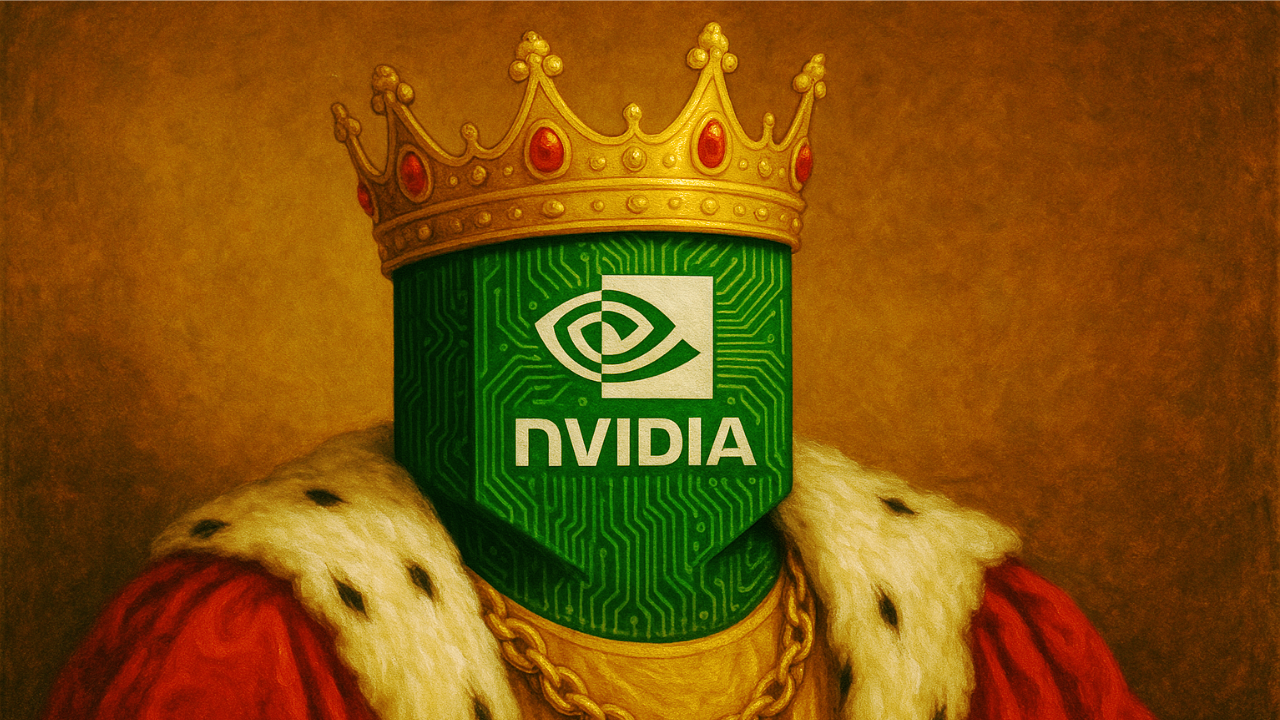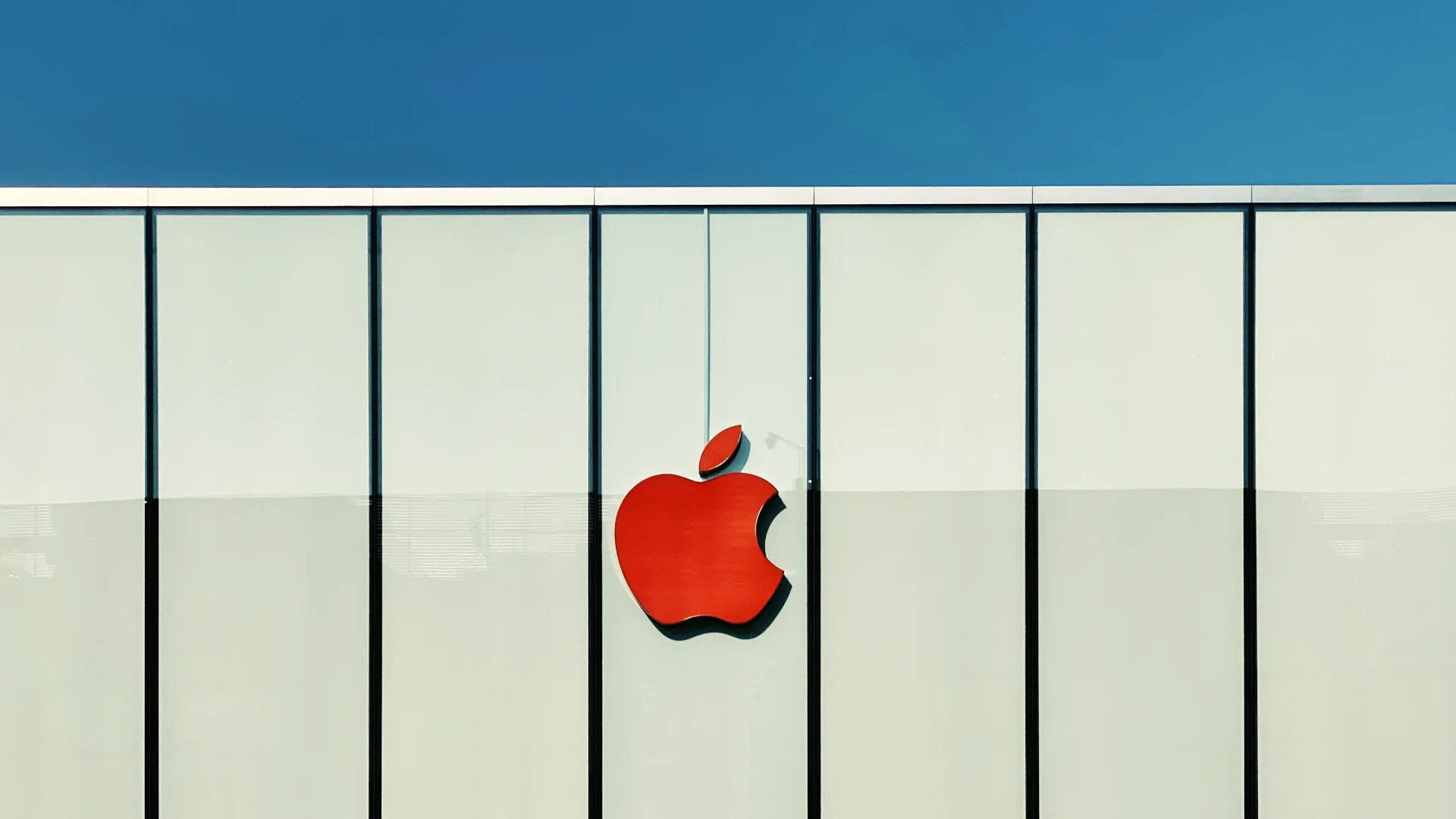When Nvidia broke through the historic $4 trillion market capitalisation threshold, the world focused on titles like ‘world’s most valuable company’. But the real question is: what does this moment say about the balance of power in technology – and who really controls the future of artificial intelligence?
Behind this record is not just an AI boom, but a profound geopolitical shift. AI chips are becoming a new strategic resource – just as oil or rare raw materials once were. Their production, intellectual property and availability are no longer solely the domain of the market. They are increasingly subject to politics, diplomatic pressure and national development strategies.
New infrastructure, new hegemons
AI is no longer just software. It is an infrastructure layer: it powers search engines, data centres, autonomous systems, manufacturing processes and government decisions. And at the heart of this layer are chips – not just processors, but specialised AI training and inference chips.
In 2024, the AI semiconductor market was worth more than $50bn, and is expected to grow to $154bn in 2030, according to GlobalData. Growth at a 20% CAGR is no coincidence – it is a consequence of the global race for control of computing power.
Today, Nvidia dominates. Its GPUs are the backbone of global language models, cloud platforms and AI start-ups. But in parallel, the world is dividing into camps: the US, China, Europe, India. Each region wants its own AI capability – not just software, but also hardware.
The geopolitics of semiconductors
In recent years, the US has restricted the export of advanced AI chips to China, including top-of-the-line Nvidia H100 and A100 models. AMD products were also on the list, and some components were subject to additional regulatory restrictions. The official reason: concerns about military and technological applications.
China responded with accelerated development of domestic alternatives, such as the Ascend chips produced by Huawei, and investment in domestic foundries. In parallel, the European Union has launched the European Chips Act programme – assuming public support for semiconductor manufacturing on the continent. India is planning its own chip design centres and supporting investment from TSMC and Foxconn.
The effect? Market fragmentation, regionalisation of supply chains and, in the future, separate AI hardware ecosystems. For companies, this means not only higher costs, but also the need to adapt to multiple platforms and standards.
The race for hyper-scalers and the birth of custom silicon
The hyperscalers are also joining the competition. Amazon (Trainium, Inferentia), Google (TPU), Microsoft (Athena) and Meta – all designing their own AI chips. The goal: independence from Nvidia, optimisation for specific needs and long-term reduction of energy and cooling costs.
This is a clear indication that future data centres will no longer be ‘general purpose’. They will be designed from the ground up with a specific silicon in mind. The integration of software, hardware and power is becoming a competitive advantage.
At the same time, more and more startups are designing their own AI chips – from Cerebras and Groq to Europe’s SiPearl or Graphcore. Some of them are targeting edge AI, others are targeting acceleration of large models. This shows that the market is maturing – and that Nvidia’s dominance, while undisputed today, is not forever.
Poland and Central Europe: consumer or participant?
The CEE region, including Poland, may find itself in a difficult position. On the one hand, we are a hub for data centres and an operational partner for global players. On the other, we lack supply chain control, the ability to design our own chips and engineering competence in AI hardware.
This raises the question: will Poland just be a consumer of off-the-shelf solutions or will it build its own niche? The space exists: edge AI, inference on end devices, implementation of custom silicon in industry or the public sector.
The role of local integrators and IT suppliers may change in this context. Those who can adapt data centre architectures to specific AI platforms – and offer competences “closer to the hardware” – will gain strategic importance.
New order, new rules of the game
AI chips are becoming a tool of influence – economic, technological, military. And while today their symbol is Nvidia, tomorrow it could be another player. One thing is certain: strategic control of AI hardware will be a key factor of advantage in the decades to come.
Organisations – both global and local – need to understand this shift. Staying ahead of the hardware curve, planning AI infrastructure and diversifying suppliers is not a luxury, but a requirement to participate in the future digital economy.












